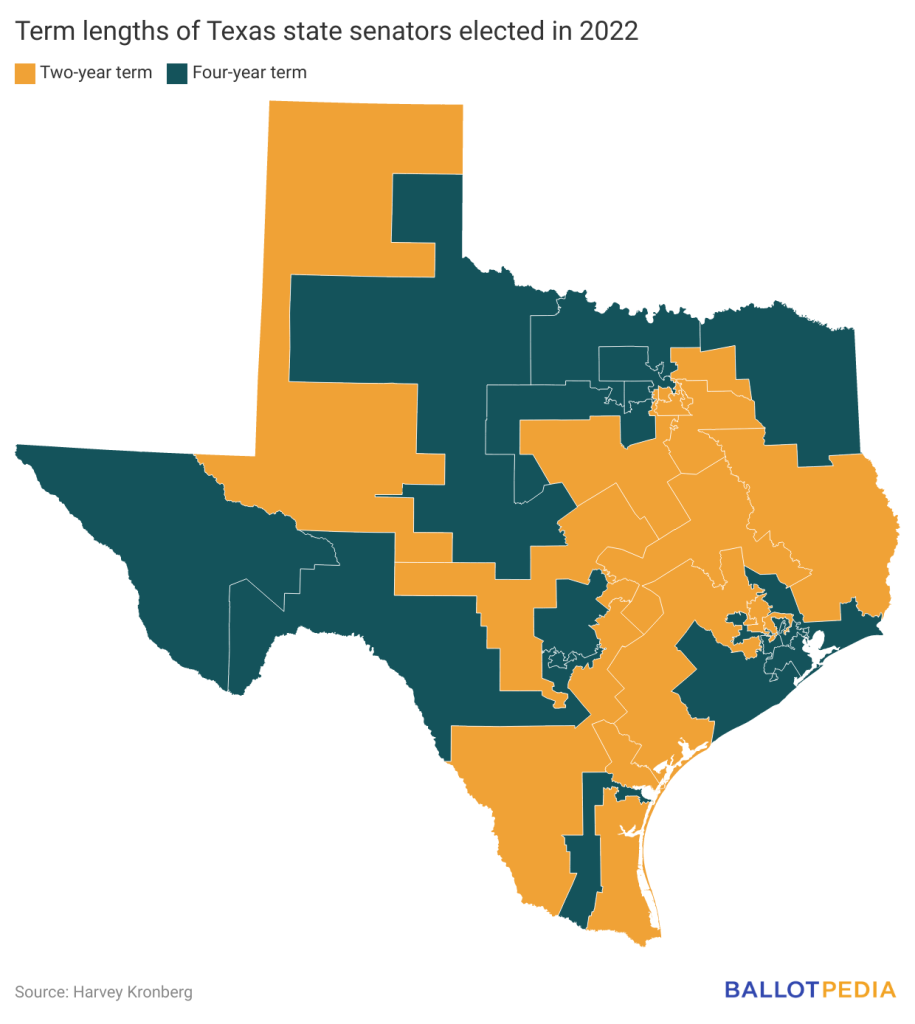Most of the time, redistricting changes where a district is. But it can also change when incumbents must stand for re-election.
This is most commonly the case in state senates, where senators often serve varying term lengths or staggered terms, meaning only a certain number of districts are up for election each cycle.
Senators in 30 states serve four-year terms. In 12 states, senators serve two-year terms. But in eight states, senators serve two- or four-year terms depending on how close the elections are to redistricting. Howthese states change the timing and term lengths in their state Senates vary.
In Arkansas and Texas, senators draw random lots during the first legislative session after redistricting. Half of the senators serve a regular four-year term, while the other half starts with a two-year term and then four-year terms after that.

In Delaware, specific districts follow either a 4-4-2 or 2-4-4 schedule, referring to the term lengths in a given decade. This schedule has been in place since 1980.
In Florida, after redistricting, odd-numbered districts are up for election in even years that are multiples of four, and even-numbered districts are up in even years that are not multiples of four.
During Hawaii’s redistricting process, the redistricting commission selects 12 districts that will serve a two-year term to start the decade. The other 13 districts serve regular four-year terms.
In Illinois, at the beginning of the first legislative session after redistricting, the Legislature passes a bill dividing the districts into three groups: the first is elected to 4-4-2 year terms, the second is elected to 4-2-4 year terms, and the third is elected to 2-4-4 year terms.
Every Senate seat in Minnesota and New Jersey is up for election simultaneously, so no adjustments are needed. The entire chamber is up during the first cycle after redistricting and then every four years until the cycle repeats.

